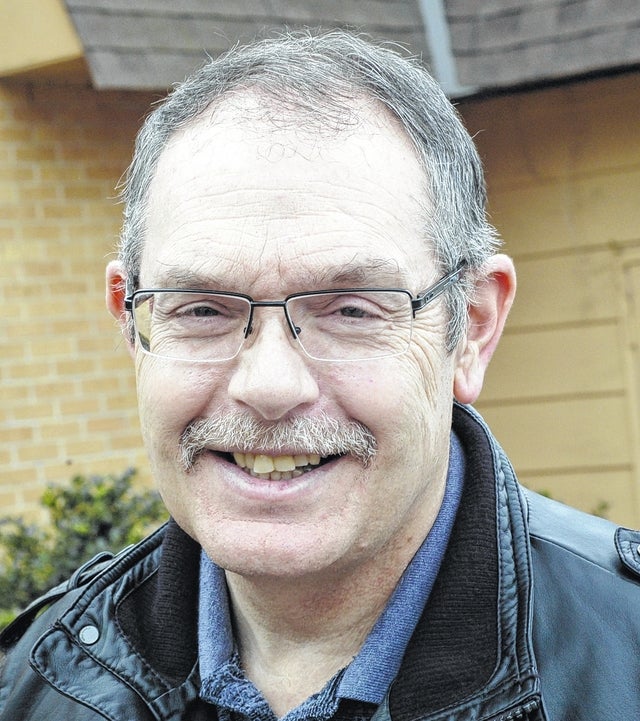Troup extension agent: Lawn care — Managing turf stress
Published 12:00 am Friday, August 5, 2016
If your grass has a dull bluish-gray cast and leaves footprints after you walk across it, it undoubtedly is under stress. Weeks of temperatures in the nineties with very little rain is causing havoc with our lawns. How can we help our turf survive August?
Dr. Clint Waltz, turfgrass specialist with UGA Extension, suggests these practices during drought periods:
• Raise the cutting height within the recommended range for your grass.
• Reduce fertilizer applications until conditions improve.
• Modify herbicide programs during high temperatures and moisture stress.
• Water deeply and infrequently.
• Grasscycle.
• Select drought tolerant turfgrasses.
Raising the mowing height can help a lot. Mow to the highest level recommended or at least ½ inch higher than what you are already mowing. Taller blades of grass and a denser canopy can reduce surface temperatures and reduce evaporation. Leaving the grass clippings on the lawn, also known as “grasscyling” will conserve ground moisture and water retention.
Keeping the blade sharp or replacing worn out blades minimizes moisture loss through wounds and helps prevent disease entry.
One of the best ways to stress out turfgrass is to continue to fertilize, especially with nitrogen when there has been no rainfall. Nitrogen stimulates new growth and new growth requires water. Hence, stress is produced. Postpone fertilizer applications until adequate rainfall.
Herbicide applications on drought stressed turf maybe less effective. Hot, dry temperatures also promote volatilization of the herbicides, which may drift onto nontarget ornamentals and cause damage. Follow label directions with regard to temperature on applying herbicides.
On heavy clay soils you have to allow the irrigation water to infiltrate the soil. Gentle irrigation allows the soil to absorb the water.
Only irrigate in the early morning which prevents evaporation. Seventy percent or more of the water may be lost if irrigating in the heat of the day. Irrigating at night promotes disease.
For future consideration, UGA Turfgrass breeding programs have produced cultivars with low water use and high drought tolerance such as TifTuf Bermuda. This would be for new installations.
Mowing height for drought conditions: (This is ½ inch higher than normal maximum cutting height.)
• Hybrid Bermuda: 2 inches.
• Centepedegrass: 2.5 inches.
• St. Augustine: 3.5 inches.
• Tall fescue: 3.5 inches.
What’s going on in Extension?
• Aug. 11: MGEV Meeting, 7 p.m. Ag Center, topic: “All about Hypertufa.”
• Aug. 15: 7 p.m. Troup County Association of Beekeepers.
• Aug. 16: TCCA Meeting: Guest speaker: Niki Whitley, small ruminant specialist, Fort Valley State University. Meal at 7 p.m. cost: $ 6; the program starts at 7:30 p.m., Ag Center
• Sept. 1: Planting Food Plots for Deer Wildlife Program. 6:30–8 p.m. at the Oak Hurst Farm, just south of Jones Crossroads on Ga. Highway 219. Call to register; no cost. Wildlife specialist Dr. Mark McConnell will be the guest speaker.
• Georgia Master Cattleman Program starting Sept. 6. Tuesday evenings from 6:30–8:30 p.m. at the Ag Center. Eight classes. Cost: $75. Call for more information.
• Market on Main: Every Saturday from 8 to 10 a.m. Come by and enjoy the pick of the day. Carmike Cinemas LaGrange 10 parking lot at Main and East Depot streets.
If you have any questions or concerns, stop by or call the Extension office.



